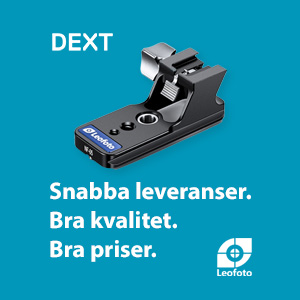Och hans slutsats var att om man skannar mer än ett par neg/dior i månaden är det mer realistiskt med en Imacon. Varför tror du marknaden har krympt så mycket för trumskannrar?
Det har med den grafiska industrin att göra. Men "drum scanner" är på väg tillbaka. Den är överlägsen oavsett vad du säger.
What is this Drum Scanner against which all other scanners compare themselves? (so you know they're not as good)
Professionals in print shops that produce all the magazines and printed catalogs we read laugh at the CCD-based scanners we photographers use. All the scanners you or I are likely to buy are based on CCDs, the same little chips that you have in your camcorder or digital camera. The only difference is the scanner CCD is much longer than the one in your camcorder (more pixels) and it's only one line that scans across your image slowly to make a complete scan.
Drum scanners spin your film around on a drum while a fixed laser or other beam of light looks at the art as it spins. The beam is them picked up by a very sensitive vacuum tube called a Photo Multiplier Tube (PMT). This big single, fixed tube is much more sensitive to light than any of the teeny-tiny pixels on a CCD and therefore can see a broader range of light from white to black, and also sees it without the noise of a CCD.
Drum scanners are good not because of the drum, but because the image is picked up by a much more sensitive PMT.
The big PMT is a zillion times more sensitive to light (read shadows in slides) than a moving CCD with teeny weeny pixels. This gives far cleaner images right into the blacks of Velvia. The microscopic pixels of the CCD fight for each photon. There are so few that honestly you start seeing the variations of single photons as noise. There are bazillions of photons that hit the huge PMT from the single bright beam that blasts the original, so low noise and cleaner scans are the result.
See Hamamatsu's site for more information here.
A drum scanner beam can be focused as small as you want. You can move the drum really slowly and get almost unlimited resolution.
Drum scanners used to cost hundreds of thousands of dollars, were about twenty feet long and took years to learn to operate.
Today new ones from Aztek start at about $20,000. Heidelberg still makes the $100,000 ones, unfortunately their website is sucky so good luck finding anything. Also look at ICG and Screen. I think you can get used from about $5,000, but beware, I hear these things are a royal pain to operate.
Of course you have to soak the film in oil before mounting the film to the drum, and then clean the film afterwards.
These things run on vacuum tubes so probably always need to be screwed with.







